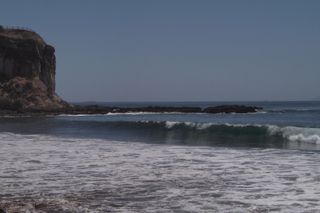
-
| 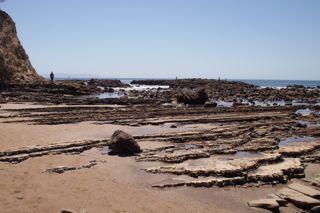
-
| 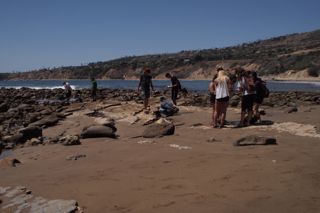
-
|
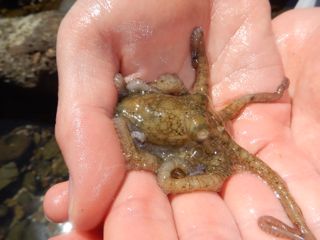
Octopus bimaculoides (two-spot octopus) - see also
another larger one below.
| 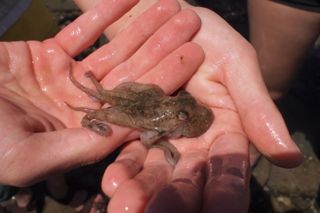
-
| 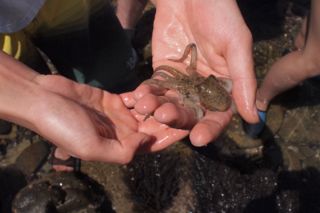
-
|
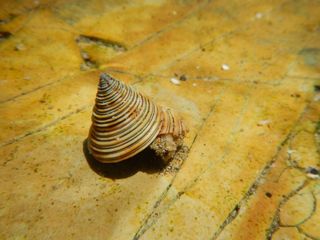
Callistochiton canaliculatum
| 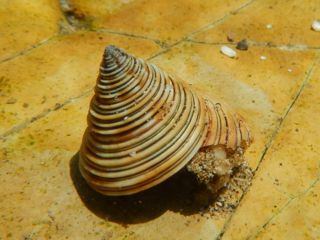
-
| 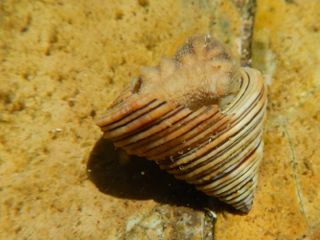
-
|
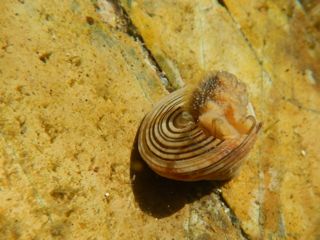
-
| 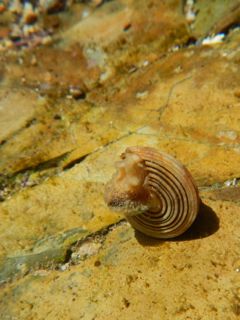
-
| 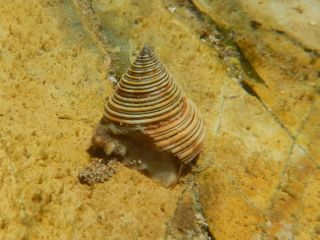
-
|
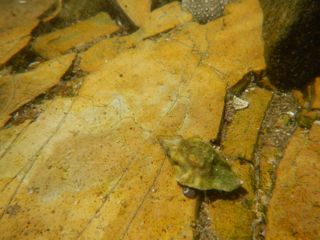
Ceratostoma nuttalli
| 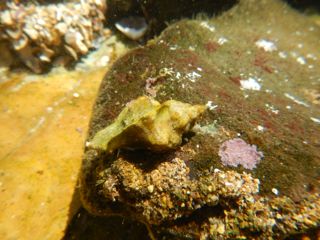
-
| 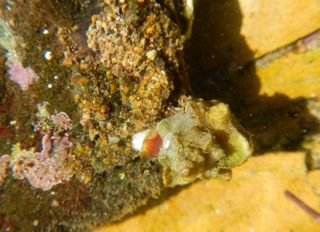
-
|
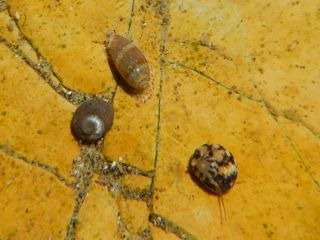
-
| 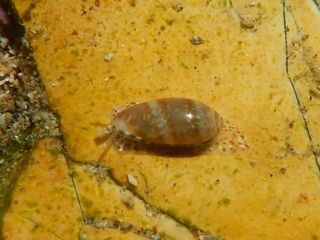
Volvarina taeniolata (Marginellidae)
| 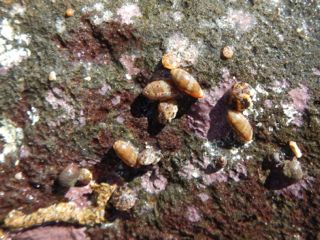
-
|
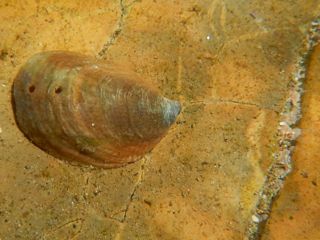
Crepidula onyx that was drilled twice, when apparently once was not enough.
| 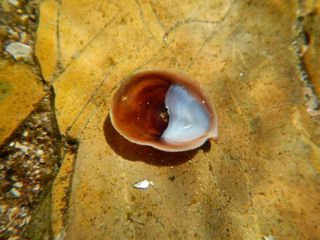
-
| 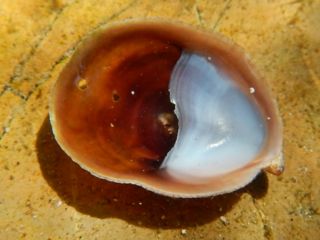
-
|
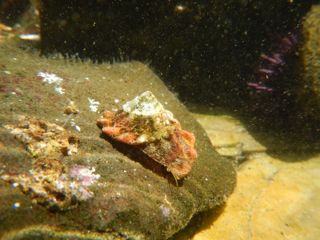
Juvenile wavy turban snail, Megastraea undosa
| 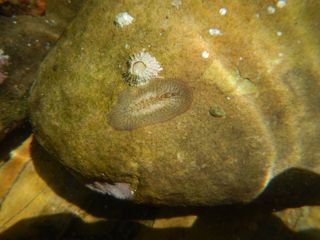
This is a flatworm that belongs to the suborder Acotylea of the order Polycladida. There are about
30 families included within the acotylean polyclads, and they are difficult to identify confidently without performing histological examination because they
can appear very similar on their exterior but have very different internal reproductive anatomy.
| 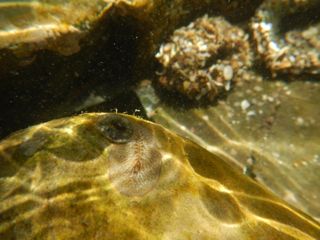
-
|
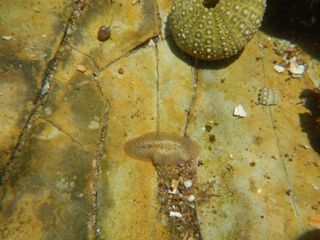
-
| 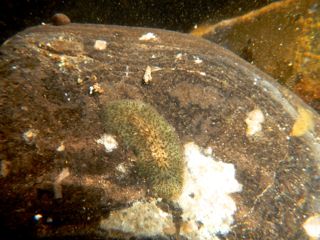
-
| 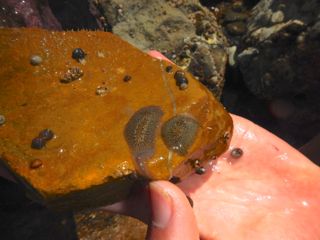
-
|
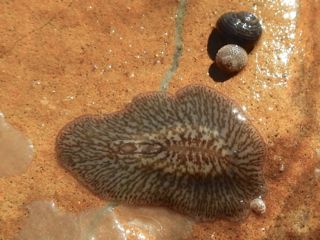
In southern California, this one appears roughly similar to
an acotylean, Hylocelis californica (Heath & McGregor, 1912), which was figured in Haderlie's 1980 flatworm chapter in the out-of-print book,
Intertidal Invertebrates of California (Stanford University Press), but this one is not that species.
Flatworm expert, Dr. Marcela Bolaņos, has pointed out that it differs from that figured species because it lacks or has inconspicuous nuchal tentacles. In
H. californica, the tentacles will not contract even in a preserved animal. Another worm expert, Tony Phillips, has kindly identified this as Interplana sandiegiensis
(Planoceridae).
| 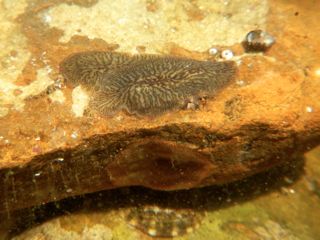
If this identification is correct, this species was described by Boone in 1929 as Planocera sandiegiensis, and was reassigned in 1953 to Alloioplana sandiegensis (Boone, 1929)
by Libbie H. Hyman, who was also author of the classic multi-volume treatise, The Invertebrates. External links: 1
- 2
| 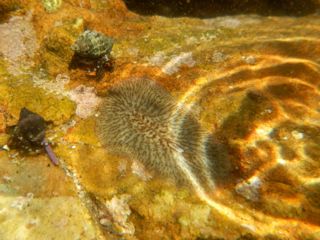
On p. 350 of Libbie Hyman's monograph (link 2 on the left), she reported that it was collected by famous West Coast natural historians,
George Eber or "Mac" and Nettie MacGinitie,
at Corona del Mar in 1934. (They were authors of the classic 1949 book, Natural History of Marine Animals.) Later, on March 24, 1940, it was collected in the southern Gulf of California at Point Marcial by Ed Ricketts,
another West Coast cult hero for those interested in marine ecology and natural history.
This would have been while Ricketts was on his famous voyage with his best friend, John Steinbeck, to the Sea of Cortez. However, Hyman cautions that this species is quite similar to the closely related, but more northern,
Interplana californica (as Alloioplana californica), and the two species co-occur in the vicinity of San Diego. I. sandiegensis has an oval rather than spherical seminal vesicle.
|
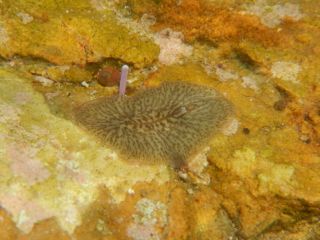
-
| 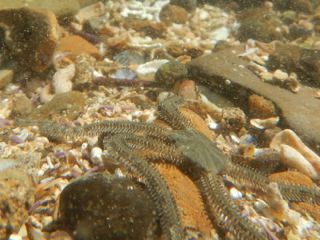
-
| 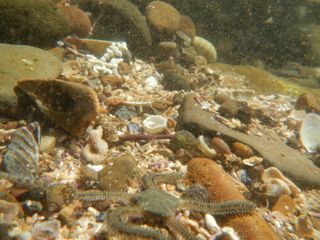
-
|
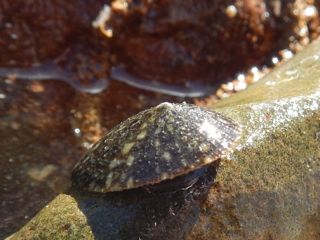
Lottia limatula (file limpet)
| 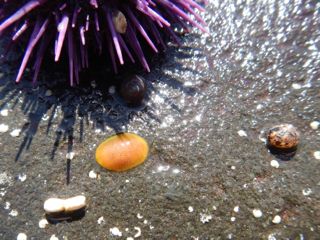
Doriopsilla albopunctata was quite common. I saw maybe 10 of them.
| 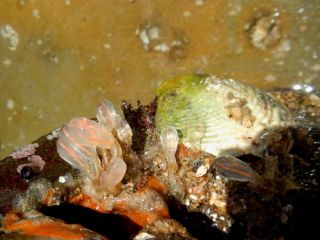
-
|
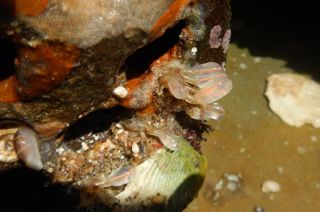
-
| 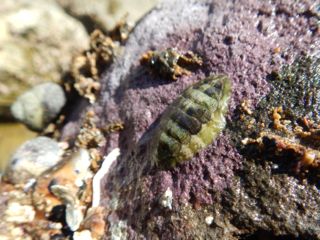
Cyanoplax hartwegii (Hartweg's chiton)
| 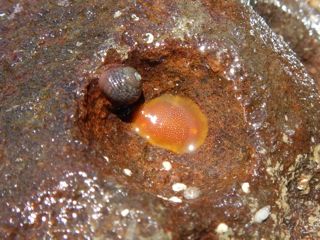
-
|
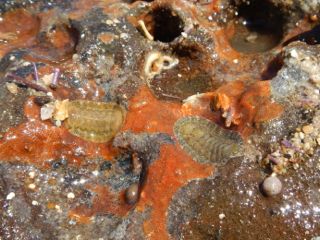
-
| 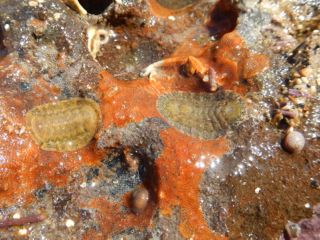
Lepidozona pectinulata
| 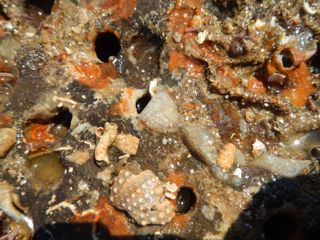
The tunicate is tentatively Aplydium sp.
|
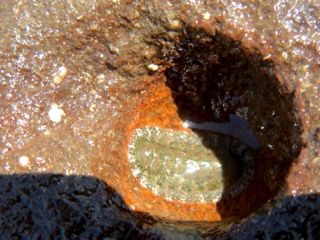
Lepidozona pectinulata
| 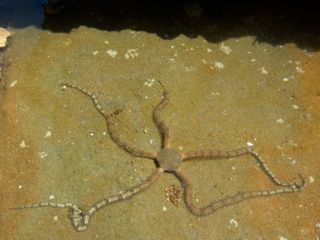
Ophionereis annulata (banded brittle star)
| 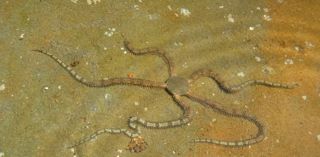
-
|
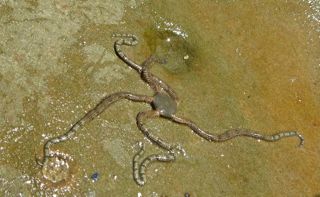
-
| 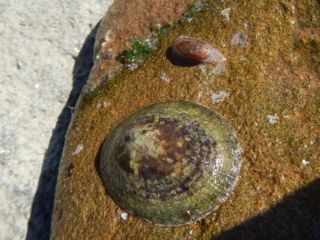
-
| 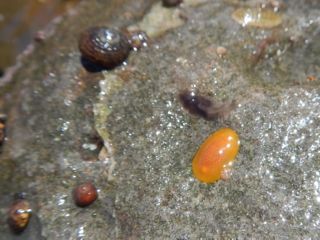
-
|
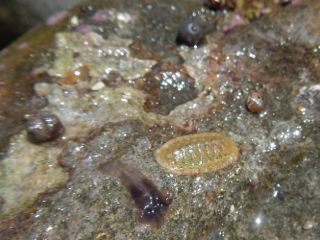
Lepidozona pectinulata
| 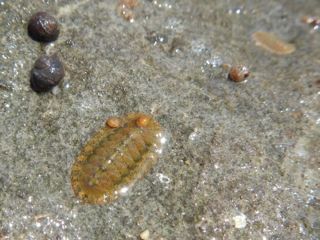
-
| 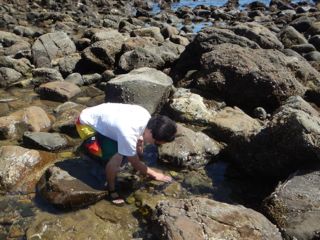
-
|
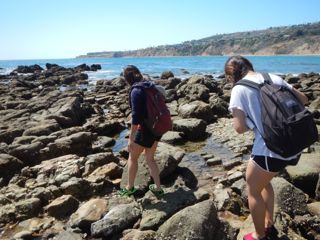
-
| 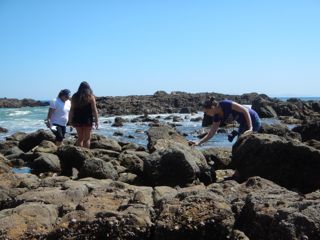
-
| 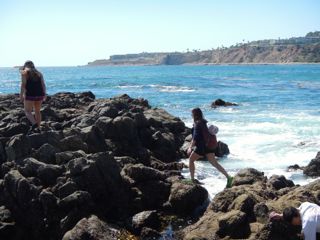
-
|
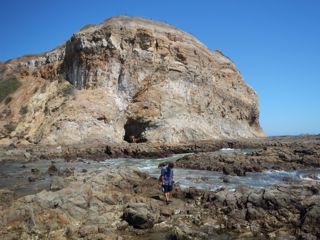
-
| 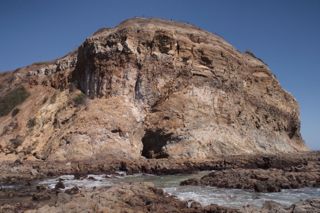
-
| 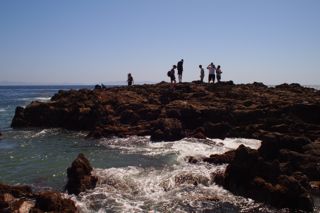
-
|
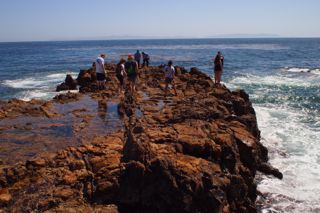
-
| 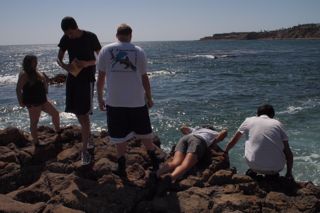
-
| 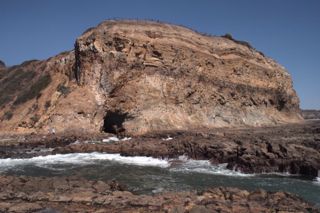
-
|
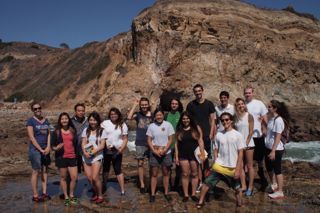
-
| 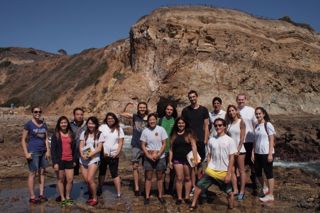
-
| 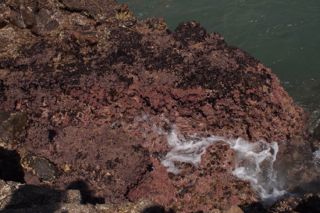
-
|
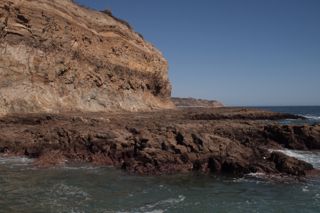
-
| 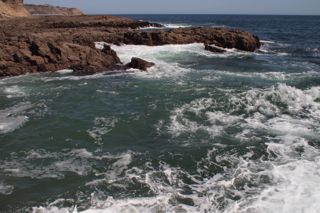
-
| 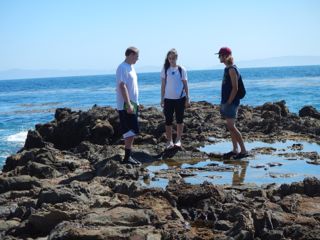
-
|
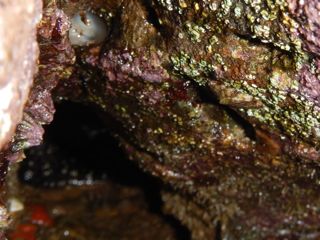
-
| 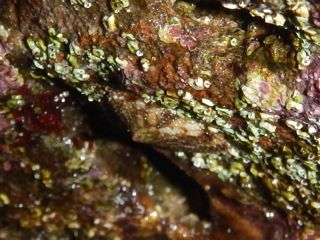
-
| 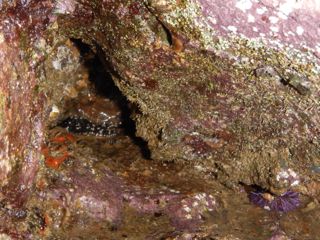
-
|
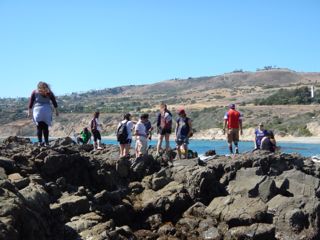
-
| 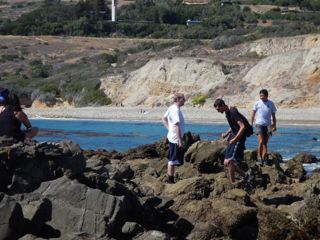
-
| 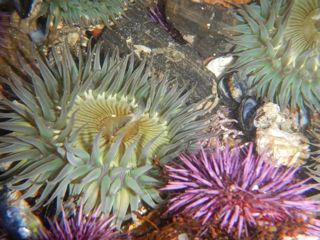
Anthopleura sola (sunburst anemone) and Strongylocentrotus purpuratus (purple urchin)
|
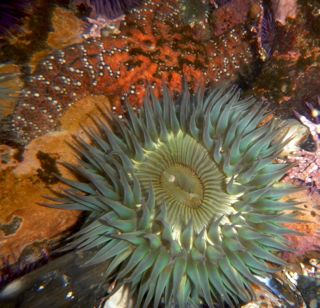
Anthopleura sola and Pisaster ochraceus
| 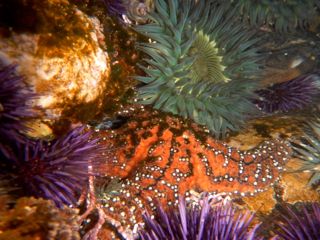
-
| 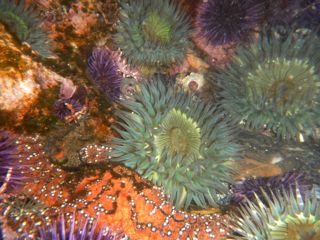
-
|
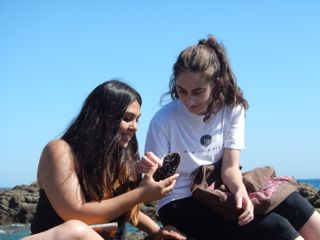
-
| 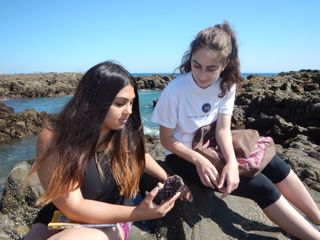
-
| 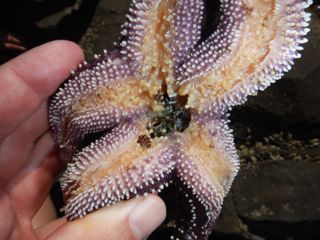
-
|
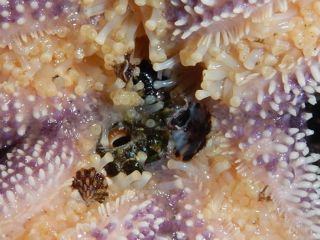
-
| 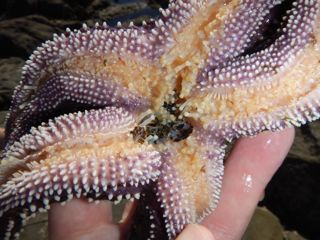
-
| 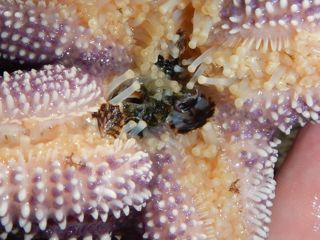
-
|
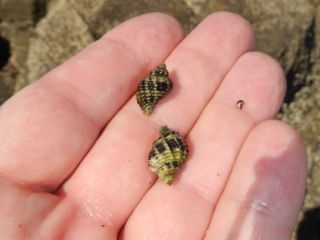
Ocinebrina circumtexta (circled rocksnail)
| 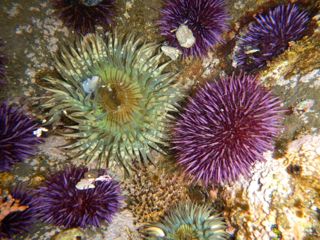
-
| 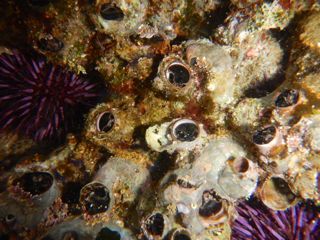
Thylacodes squamigerus (formerly Serpulorbis squamigerus), or scaly tube snail,
is a suspension feeding gastropod.
|
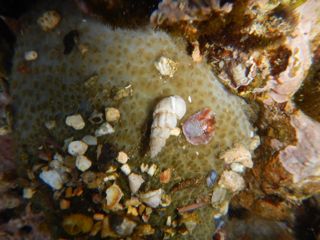
-
| 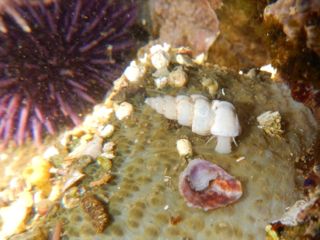
Opalia funiculata is a wentletrap snail that sucks juices out of anemones.
| 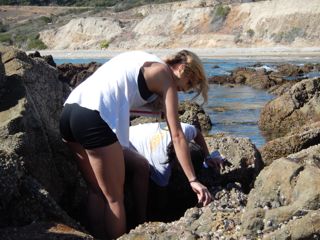
-
|
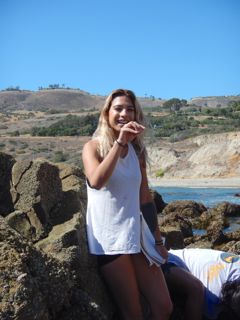
-
| 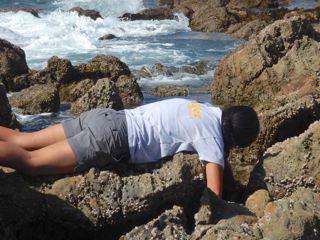
-
| 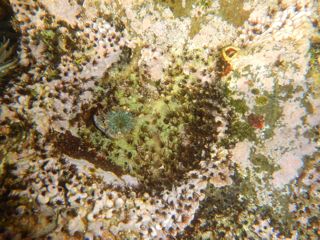
Dodecaceria fistulicola (Cirratulidae) is a clonal polychaete that forms calcareous reefs.
For an example of a larger colonial mound see here.
|
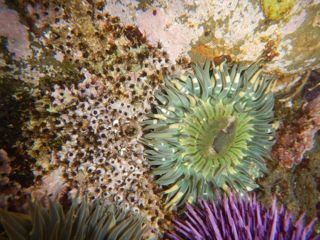
-
| 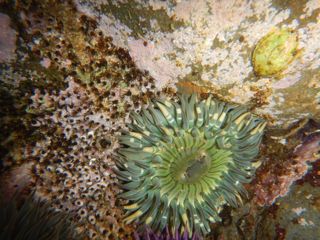
-
| 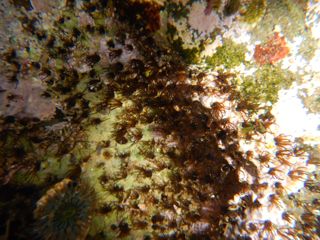
-
|
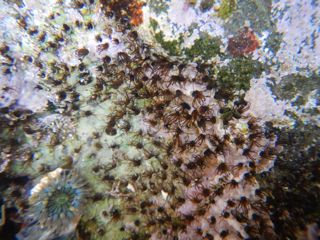
-
| 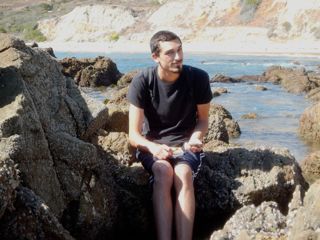
-
| 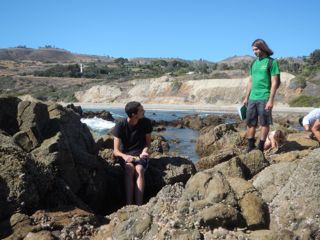
-
|
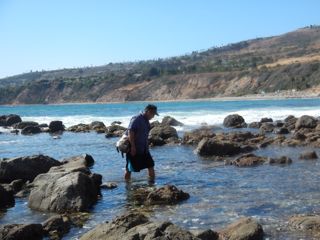
-
| 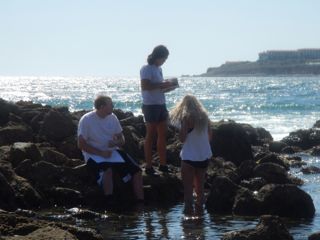
-
| 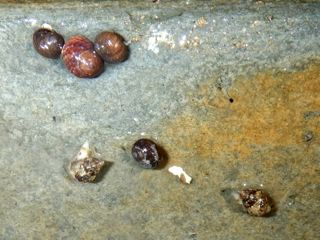
-
|
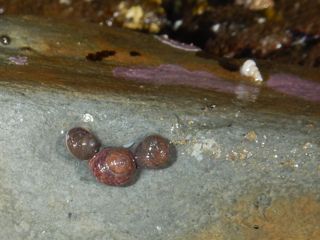
-
| 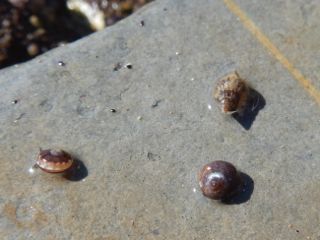
-
| 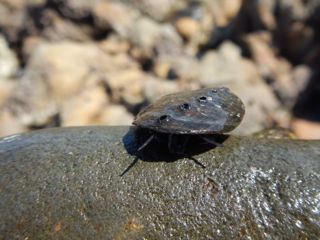
This was at first mistaken to be a juvenile green abalone, Haliotis fulgens,
because of its raised "chimneys" but instead it is a juvenile black abalone, H. cracherodii.
I would have left it alone if I had identified it correctly because this is an endangered species. It is good to find juveniles again.
These have been all but absent from our mainland southern California shores in recent years. For comparison to a juvenile green abalone, see
here.
|
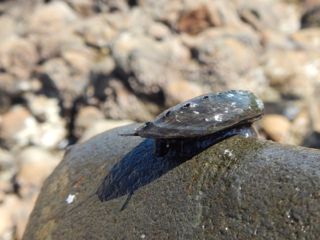
-
| 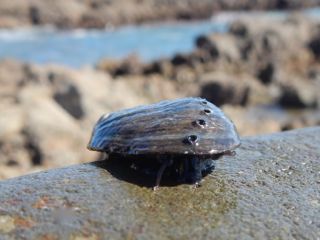
-
| 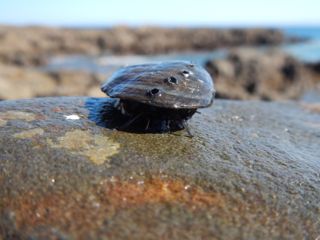
-
|
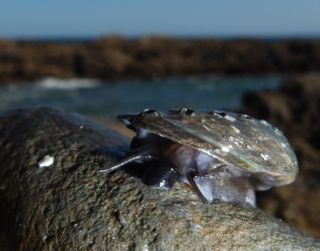
-
| 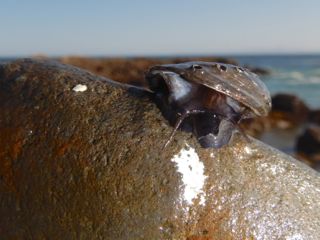
-
| 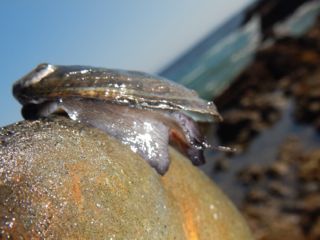
-
|
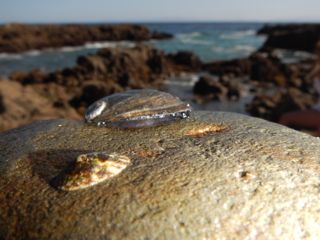
-
| 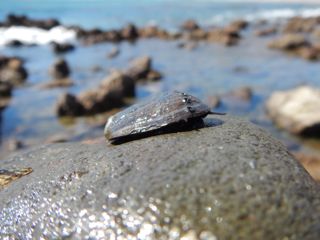
-
| 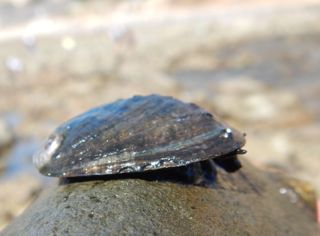
-
|
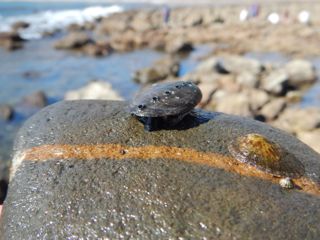
-
| 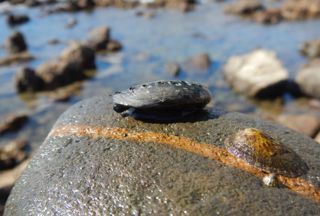
-
| 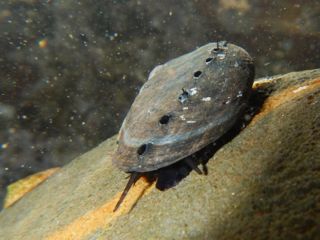
-
|
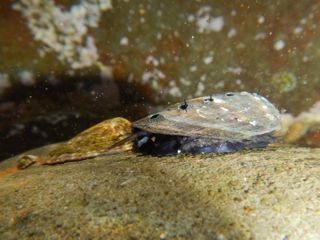
-
| 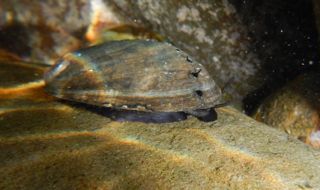
-
| 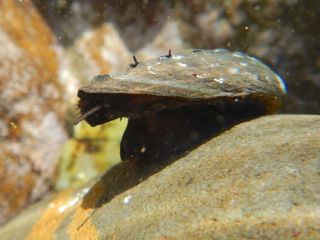
-
|
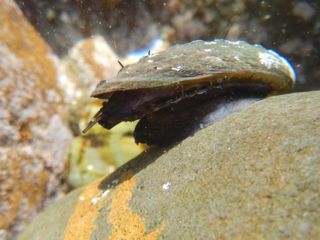
-
| 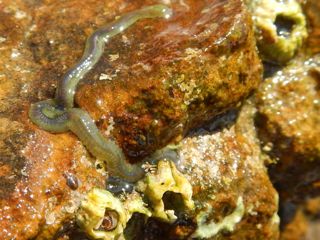
-
| 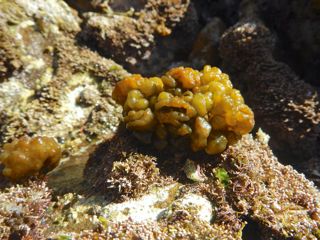
-
|
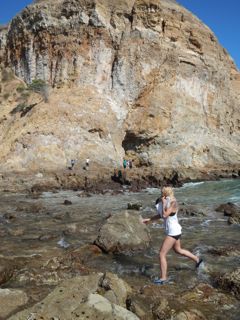
-
| 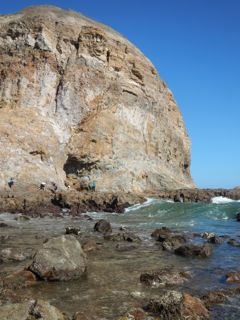
-
| 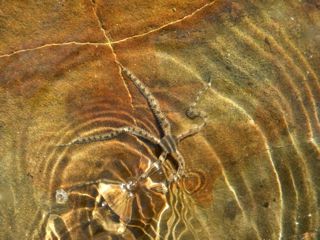
-
|
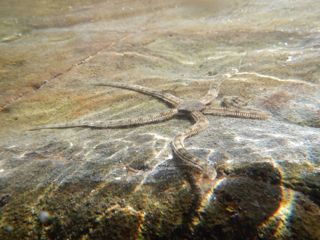
Ophionereis annulata (banded brittle star)
| 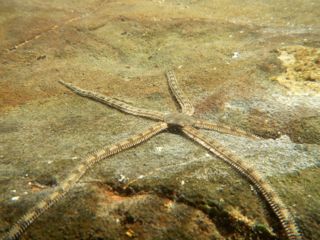
-
| 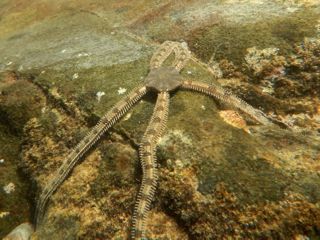
-
|
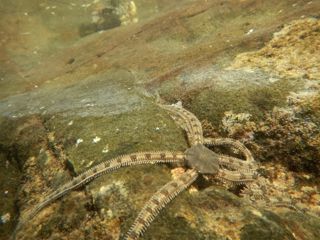
-
| 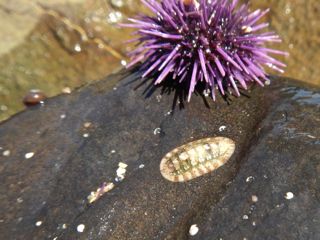
Callistochiton decoratus is a somewhat rare species to see in the intertidal of southern
California, but it might be more common in the subtidal.
This is the first one I have found in the intertidal north of San Diego County.
| 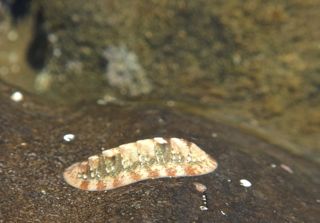
-
|
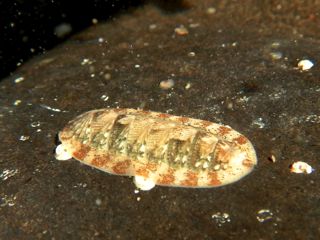
-
| 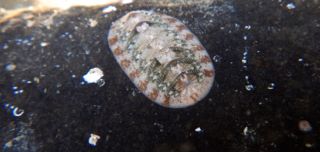
Callistochiton decoratus
| 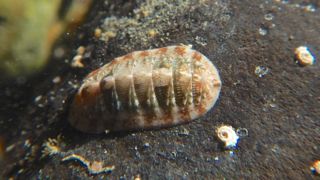
-
|
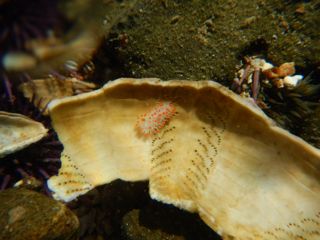
Limacia cockerelli on an urchin test
(it normally is found on the orange/brown bryozoan it exclusively eats, Hincksina velata).
| 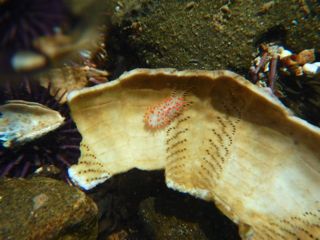
-
| 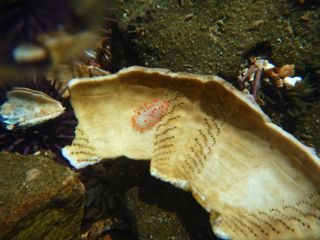
-
|
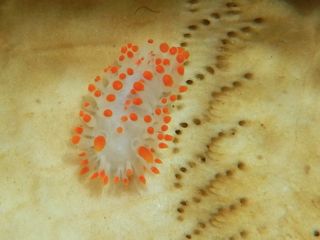
-
| 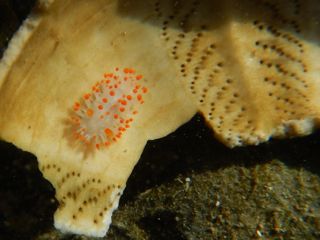
-
| 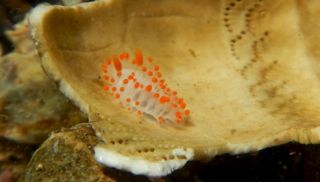
-
|
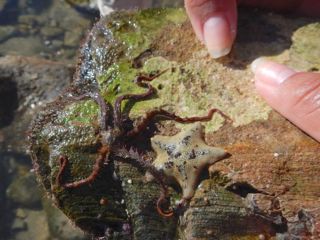
Ophiothrix spiculata and Patiria miniata
| 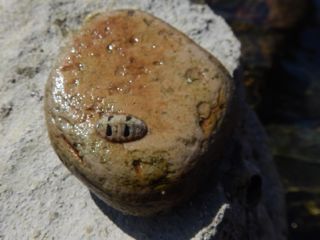
Cyanoplax keepiana (Keep's chiton)
| 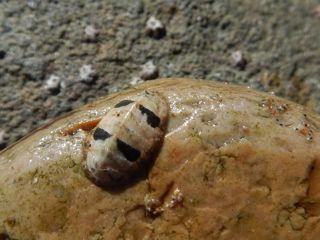
-
|
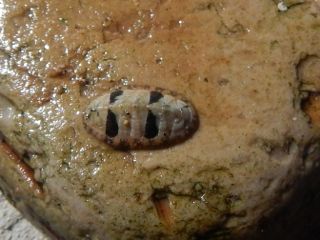
-
| 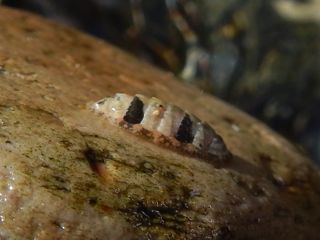
-
| 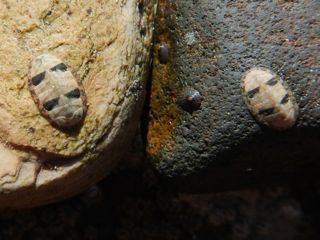
-
|
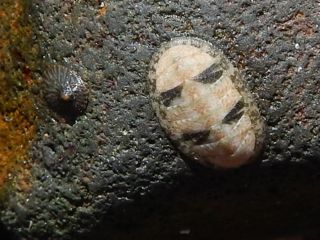
-
| 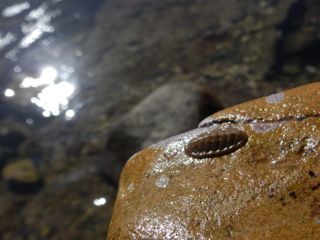
-
| 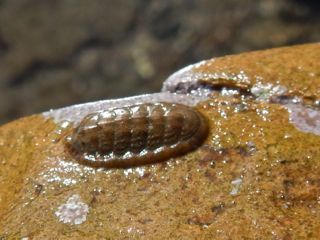
Another Keep's chiton
|
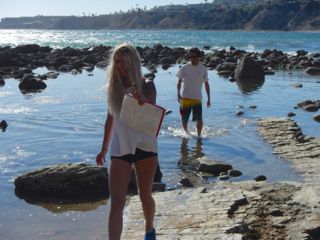
-
| 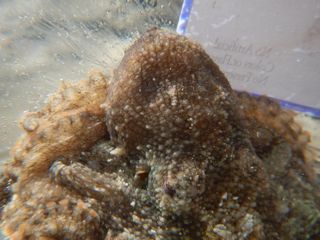
-
| 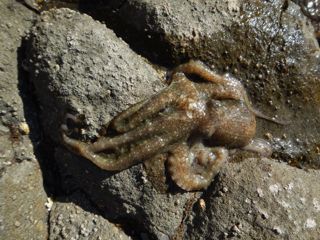
Octopus bimaculoides, one of two species known as California two-spot octopus,
is the one typically found in the intertidal. The other is O. bimaculatus, which gets about twice as large and is normally found in the subtidal.
|
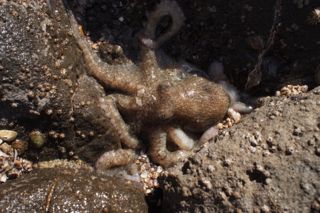
-
| 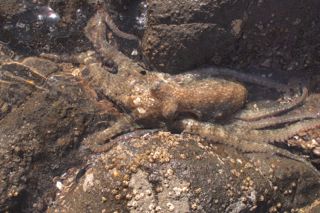
-
| 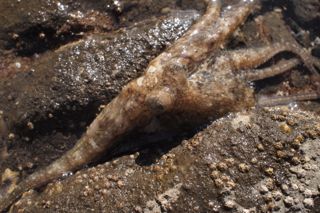
-
|
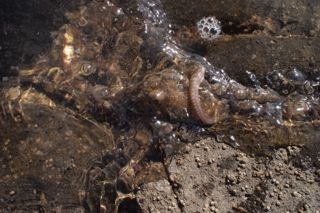
-
| 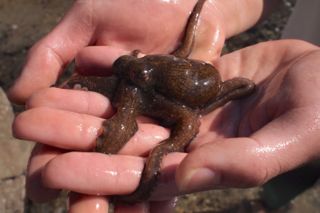
-
| 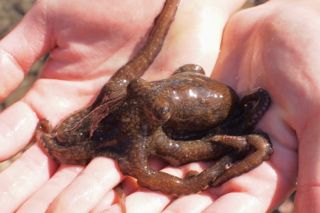
-
|
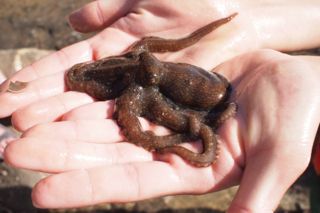
-
| 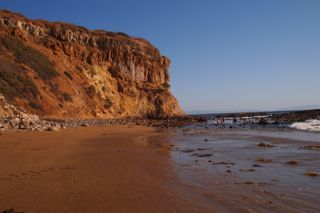
-
| 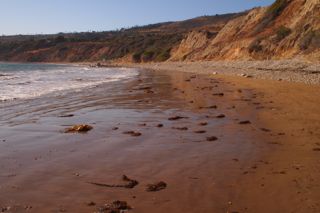
-
|
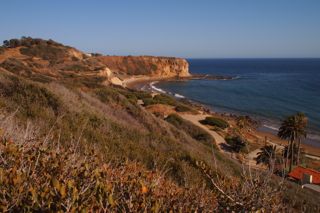
-
| 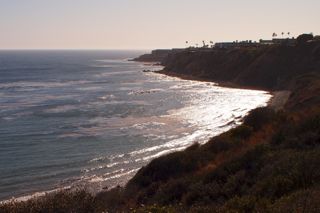
-
| 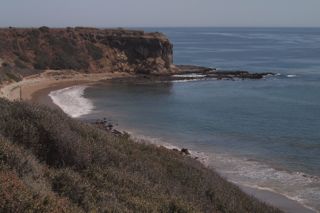
-
|
 Under Construction!
Under Construction! Under Construction!
Under Construction!